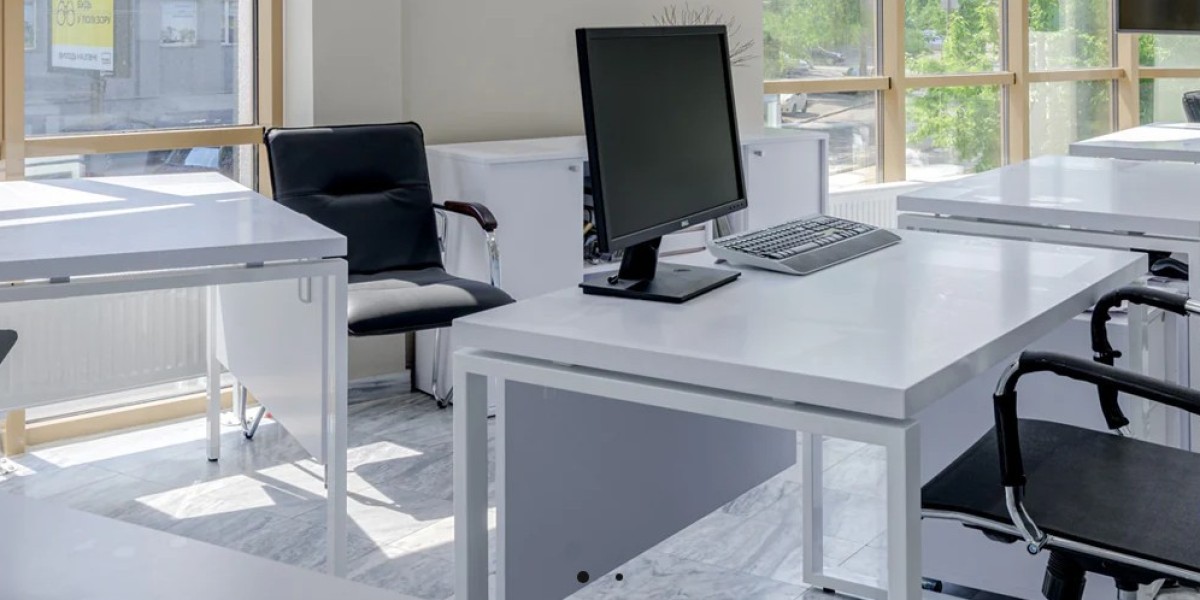Creating a workspace that supports health and productivity requires careful selection of ergonomic office furniture. Ergonomic design focuses on comfort, efficiency, and reducing strain on the body. Here's the ultimate guide to understanding and choosing ergonomic office furniture:
1. Understanding Ergonomics
- Definition: Ergonomics is the science of designing products to fit the needs and limitations of users. In office furniture, this means creating pieces that support the natural movements of the body, reducing discomfort and risk of injury.
- Benefits: Ergonomic furniture can improve posture, increase comfort, reduce the risk of musculoskeletal disorders, and enhance productivity.
2. Key Features of Ergonomic Chairs
- Adjustable Seat Height: The seat should be adjustable so that your feet rest flat on the floor, with thighs parallel to the ground. A seat height of 16 to 21 inches is suitable for most people.
- Lumbar Support: Look for chairs with adjustable lumbar support to maintain the natural curve of the lower back, preventing slouching and reducing back strain.
- Seat Depth and Width: The seat should be deep enough for users to sit back comfortably, with 2 to 4 inches of space between the back of the knees and the seat edge. A width of 17 to 20 inches is common.
- Backrest: Choose chairs with a backrest that supports the natural curve of the spine, ideally adjustable in both height and angle.
- Armrests: Armrests should be adjustable to support the arms comfortably, keeping shoulders relaxed and elbows close to the body.
- Swivel and Mobility: A chair that swivels easily and has caster wheels can prevent strain from reaching for objects and improve mobility within the workspace.
3. Selecting Ergonomic Desks
- Height-Adjustable Desks: Sit-stand desks allow users to alternate between sitting and standing positions, promoting movement and reducing fatigue.
- Surface Area: Ensure the desk has enough surface area for your monitor, keyboard, and other necessary items without causing clutter.
- Keyboard and Mouse Position: The desk should allow for proper keyboard and mouse placement, with arms parallel to the ground and wrists in a neutral position.
4. Monitor Placement
- Height and Distance: The top of the monitor screen should be at or slightly below eye level, about 20 to 30 inches away from the eyes. This reduces eye strain and encourages good posture.
- Adjustable Monitor Stands: Consider using monitor stands or adjustable arms to achieve the ideal height and angle.
5. Ergonomic Accessories
- Footrests: If your feet don’t rest comfortably on the floor, a footrest can provide support and improve posture.
- Document Holders: Place documents at eye level, next to the monitor, to avoid frequent neck bending.
- Anti-Fatigue Mats: For standing desks, use anti-fatigue mats to reduce strain on the legs and feet during prolonged standing.
6. Office Layout and Ergonomic Principles
- Efficient Layout: Arrange the workspace so that frequently used items are within easy reach, reducing unnecessary stretching and twisting.
- Lighting: Ensure adequate lighting to reduce eye strain. Adjustable task lighting can provide focused illumination for specific tasks.
7. Creating an Ergonomic Work Environment
- Regular Breaks: Encourage regular breaks and movement to reduce fatigue and improve circulation.
- Employee Training: Provide training on proper ergonomic practices and equipment adjustment to maximize the benefits of ergonomic furniture.
8. Evaluating Ergonomic Furniture
- Quality and Durability: Invest in high-quality furniture that can withstand daily use and provide long-term support.
- Testing and Adjustment: Whenever possible, test furniture before purchasing to ensure it meets ergonomic standards and can be adjusted to fit individual needs.
Conclusion
Ergonomic office furniture is a vital investment in employee health and productivity. By understanding ergonomic principles and selecting furniture that supports natural body movements, you can create a comfortable and efficient work environment. Prioritizing ergonomics not only enhances well-being but also contributes to a more engaged and productive workforce.☺








